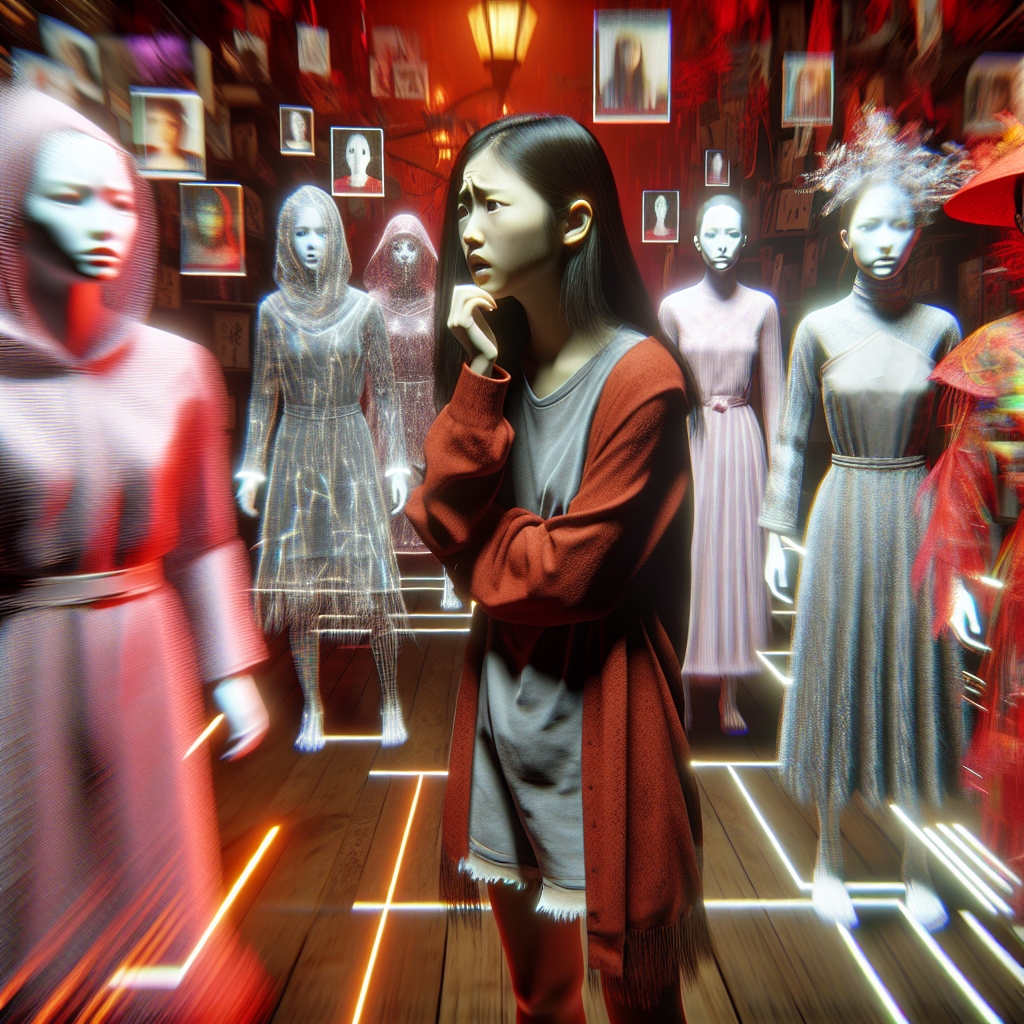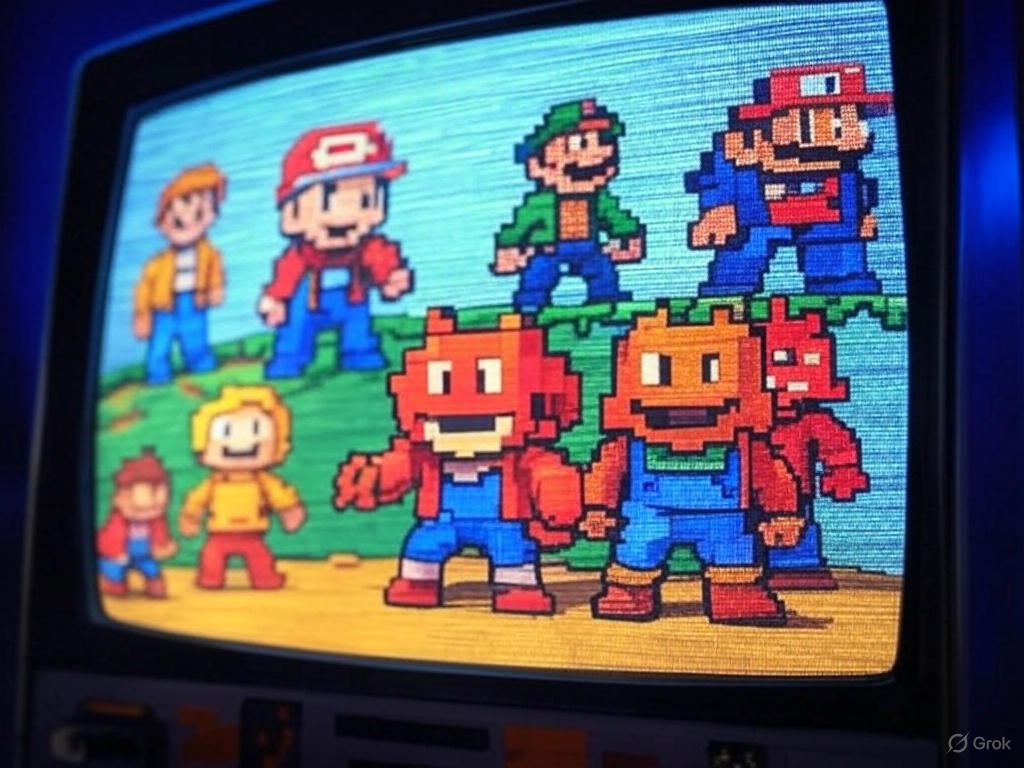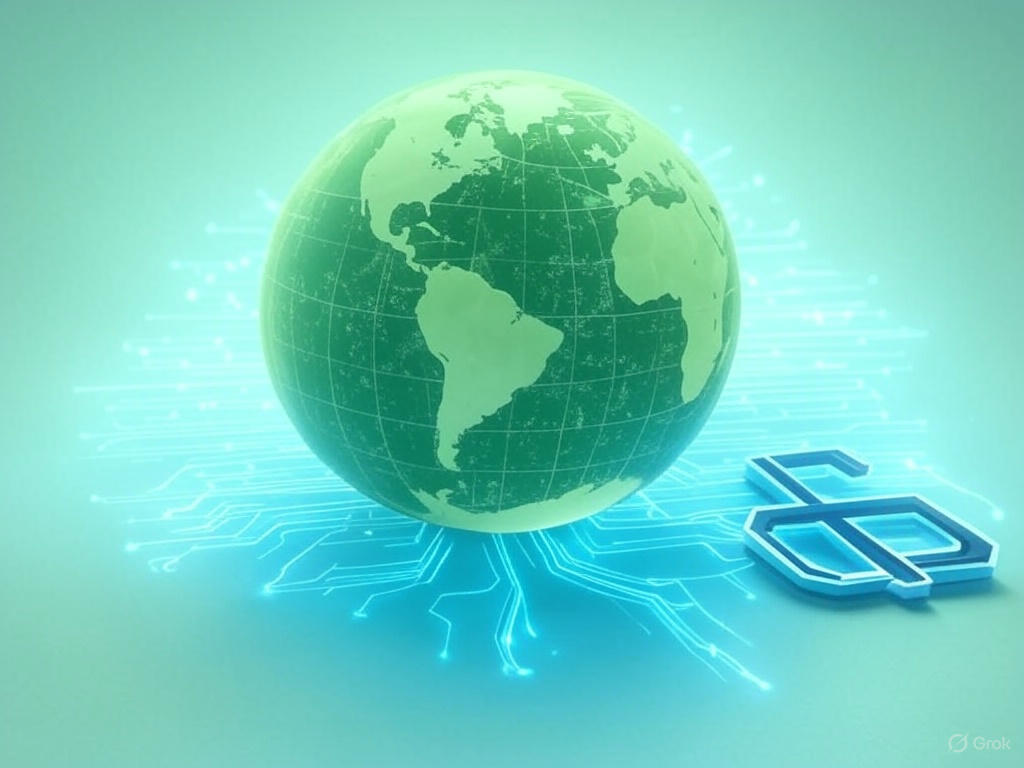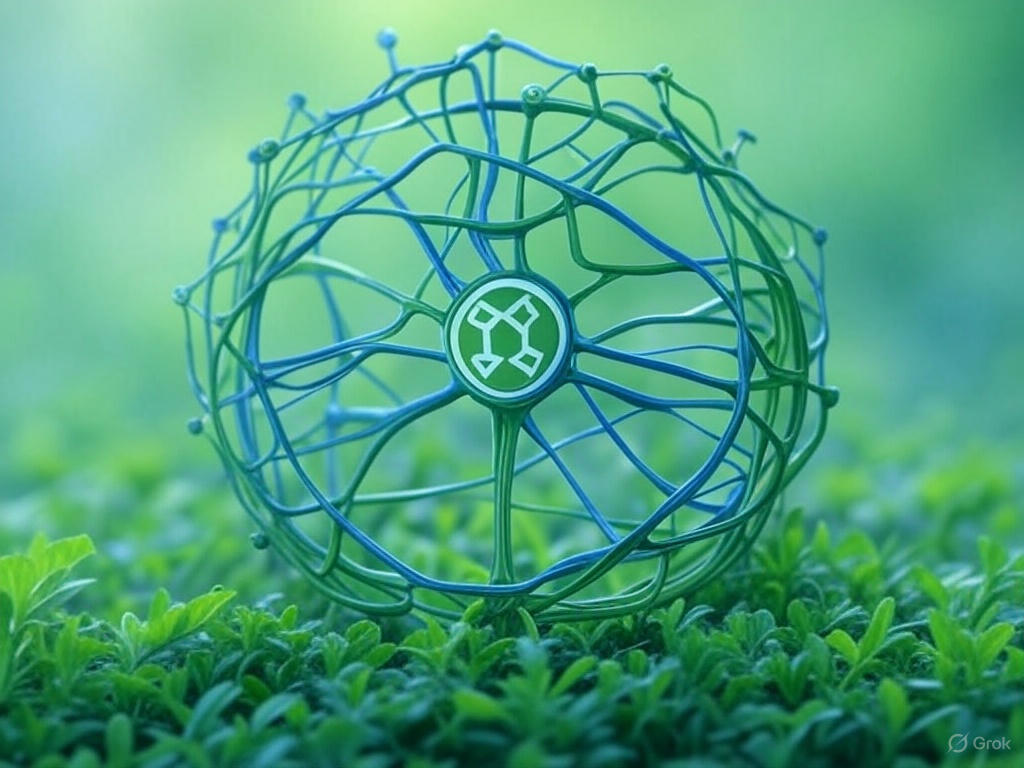Eco-Conscious Digital Art: Sustainability in a Digital Age
Digital art has transformed the creative landscape, empowering artists to produce intricate works without the need for physical materials like paint or canvas. However, this shift to a digital medium comes with its own environmental costs. Technologies such as artificial intelligence (AI) models and blockchain, often used in digital art creation and distribution, consume significant amounts of energy, contributing to carbon emissions and raising sustainability concerns. As awareness of these issues grows, artists are adopting eco-conscious practices to minimize their environmental impact while continuing to innovate. This article explores the environmental challenges of digital art creation and highlights sustainable strategies artists are embracing in the digital age.
The Environmental Impact of Digital Art Creation
At first glance, digital art appears to be a greener alternative to traditional art, eliminating the need for resource-heavy materials like paper, paints, or shipping. However, the energy required to power the digital ecosystem reveals a more complex picture. Computers, tablets, and servers all rely on electricity, often sourced from fossil fuels, to run the software and hardware that digital artists depend on. While individual devices may have a modest footprint, the broader infrastructure supporting digital art—particularly AI and blockchain—amplifies the environmental toll.
AI Models: Energy-Hungry Innovators
AI has become a game-changer for digital artists, with tools like DALL·E, Midjourney, and Stable Diffusion enabling the creation of stunning artworks from simple text prompts. However, training and running these AI models require immense computational power. For instance, training a single AI model can emit as much carbon as five cars over their lifetimes, according to a 2019 study by the University of Massachusetts Amherst. The energy consumption stems from the use of powerful GPUs (graphics processing units) in data centers, which often run on non-renewable energy sources.
Inference—the process of generating art using a trained AI model—also consumes energy, though on a smaller scale. Each time an artist generates an image, the model performs complex calculations, drawing power from servers that may be located halfway across the globe. For artists who rely heavily on AI tools, this energy use can add up quickly, especially if they create dozens or hundreds of iterations to perfect their work. The convenience of AI-driven art creation comes at a hidden environmental cost, prompting artists to seek more sustainable alternatives.
Blockchain and NFTs: A Carbon Conundrum
Blockchain technology, particularly through non-fungible tokens (NFTs), has been a popular way for digital artists to sell their work and establish ownership in the digital realm. However, the environmental impact of blockchain has drawn significant criticism. Most NFTs are minted on Ethereum, a blockchain that, until its 2022 transition to proof-of-stake, relied on an energy-intensive proof-of-work mechanism. A single NFT transaction on the old Ethereum network could consume as much energy as an average household uses in a day, according to estimates from artist and researcher Memo Akten.
Even with Ethereum’s shift to a more energy-efficient system, other blockchains used for NFTs, such as those still employing proof-of-work, continue to pose environmental challenges. Additionally, the storage of digital art on decentralized networks often involves multiple copies of data across servers, further increasing energy use. For artists who embraced NFTs as a way to monetize their work, the environmental backlash has led to a reevaluation of how they engage with blockchain technology.
Sustainable Practices in Digital Art
Despite these challenges, digital artists are finding innovative ways to reduce their environmental impact while continuing to create meaningful work. By adopting sustainable practices, they are proving that creativity and eco-consciousness can coexist in the digital age.
Optimizing Energy Use in AI Art Creation
Artists using AI tools are increasingly mindful of their energy consumption. One approach is to limit the number of iterations they generate, carefully crafting prompts to achieve desired results more efficiently. Others are turning to local AI models that run on personal devices rather than cloud-based servers, reducing the energy required for data transmission. For example, running a lightweight version of Stable Diffusion on a personal computer can significantly lower the carbon footprint compared to using a cloud service.
Some artists are also advocating for AI companies to adopt greener practices, such as powering data centers with renewable energy. Companies like Google and Microsoft have made strides in this area, with data centers increasingly relying on solar and wind power. By choosing AI tools hosted by environmentally responsible providers, artists can indirectly support sustainability efforts.
Eco-Friendly Blockchain Alternatives
In response to the environmental concerns surrounding NFTs, artists are exploring more sustainable blockchain options. Blockchains like Tezos and Flow use proof-of-stake mechanisms, which consume far less energy than proof-of-work systems. Additionally, some artists are opting for “lazy minting,” a process where NFTs are only minted when they are sold, reducing unnecessary energy use. Others are moving away from blockchain entirely, selling digital art through platforms that use traditional payment methods, thus avoiding the energy costs associated with decentralized networks.
Low-Impact Tools and Workflows
Beyond AI and blockchain, artists are adopting low-impact tools and workflows to create digital art sustainably. Using energy-efficient devices, such as tablets with low power consumption, can make a difference. Artists are also choosing software that requires less computational power, such as vector-based programs like Inkscape, over resource-heavy applications like Photoshop for certain projects.
Another strategy is to work offline whenever possible, reducing reliance on cloud storage and syncing, which contribute to server energy use. Artists are also embracing minimalist design principles, creating simpler artworks that require less processing power to render and store. By streamlining their creative process, they reduce their overall environmental footprint without sacrificing artistic quality.
Advocacy and Community Action
Eco-conscious digital artists are not just changing their own practices—they’re also advocating for broader change within the art and tech communities. Many are raising awareness about the environmental impact of digital art through their platforms, encouraging peers to adopt sustainable habits. Online communities, such as the CleanNFT movement, promote environmentally friendly practices in the NFT space, while organizations like the Green Web Foundation provide resources for artists to make their digital presence more sustainable.
Some artists are also using their work to highlight environmental issues, creating pieces that draw attention to climate change and the need for sustainability. By merging art with activism, they inspire both creators and audiences to think critically about the ecological consequences of digital technologies.
The Future of Sustainable Digital Art
Looking ahead, the future of eco-conscious digital art lies in continued innovation and collaboration. Advances in renewable energy could power the next generation of AI models and blockchains, drastically reducing their environmental impact. Artists, technologists, and policymakers will need to work together to create standards for sustainable digital creation, ensuring that the tools artists rely on align with global climate goals.
In the meantime, digital artists have a unique opportunity to lead by example, demonstrating that creativity can thrive within the boundaries of sustainability. By making thoughtful choices about the tools they use, the platforms they engage with, and the messages they share, artists can reduce their environmental footprint while inspiring others to do the same.
Conclusion
Digital art has opened up new avenues for creativity, but its environmental impact cannot be ignored. The energy consumption of AI models and blockchain technologies highlights the need for sustainable practices in the digital age. Through optimized workflows, eco-friendly tools, and advocacy, digital artists are finding ways to balance innovation with environmental responsibility. As the art world continues to evolve, eco-conscious digital art serves as a reminder that creativity can—and should—coexist with a commitment to preserving our planet for future generations.
 Digital Art in Gaming: Blurring the Line Between Art and Entertainment
Digital Art in Gaming: Blurring the Line Between Art and Entertainment
 Digital Art in Gaming: Blurring the Line Between Art and Entertainment
Digital Art in Gaming: Blurring the Line Between Art and Entertainment
 Eco-Conscious Digital Art: Sustainability in a Digital Age
Eco-Conscious Digital Art: Sustainability in a Digital Age
 The Rise of AI-Generated Art: Revolution or Controversy??
The Rise of AI-Generated Art: Revolution or Controversy??